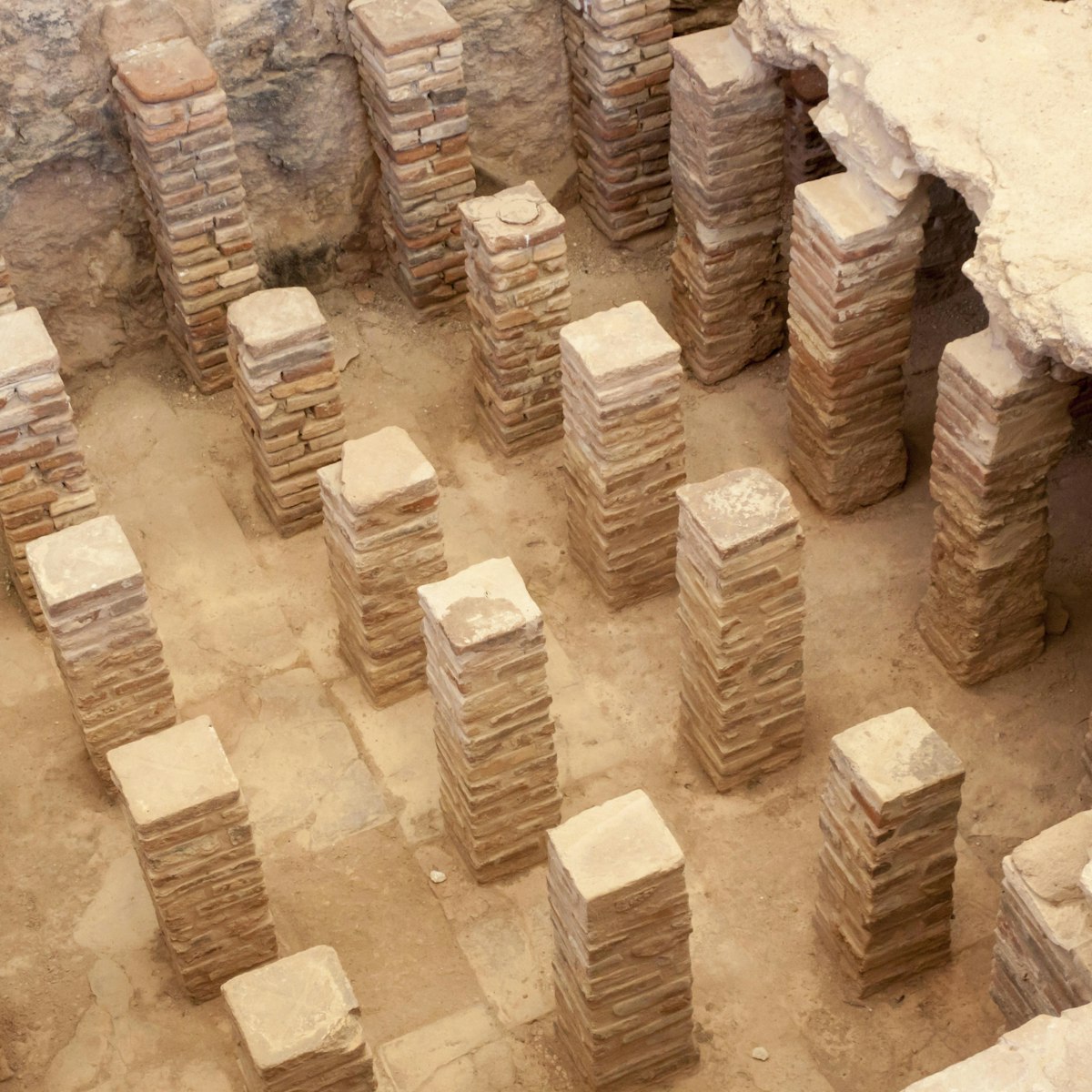This doll's house of a castle (more like a fortified tower) perches on the edge of Kolossi village. It's an interesting reminder of the rule of the Knights of St John in the 13th century, who started producing wine and processing sugar cane at a commandery that stood on this land. The current structure dates from 1454 and was probably built over the older fortified building.
Kolossi Castle is approached via a drawbridge. Look up from here to imagine where the parapet would have been located, high above, and from where boiling oil was poured on top of any enemies who dared to approach. On entering the castle you will see two large chambers, distinctive for the original mural of the crucifixion, a large fireplace, and a spiral staircase that leads to a further two chambers on the second level and then beyond to the battlements, restored in 1933.
To the east of the castle is a large outbuilding, now called the sugar factory, where cane was processed into sugar.







